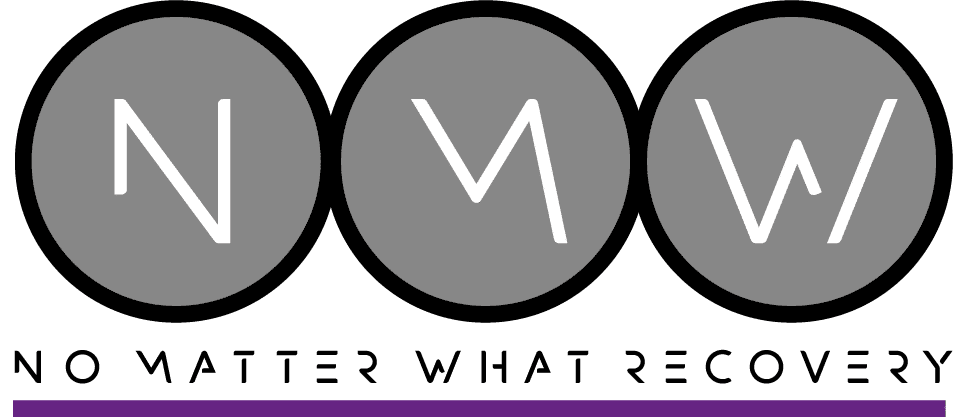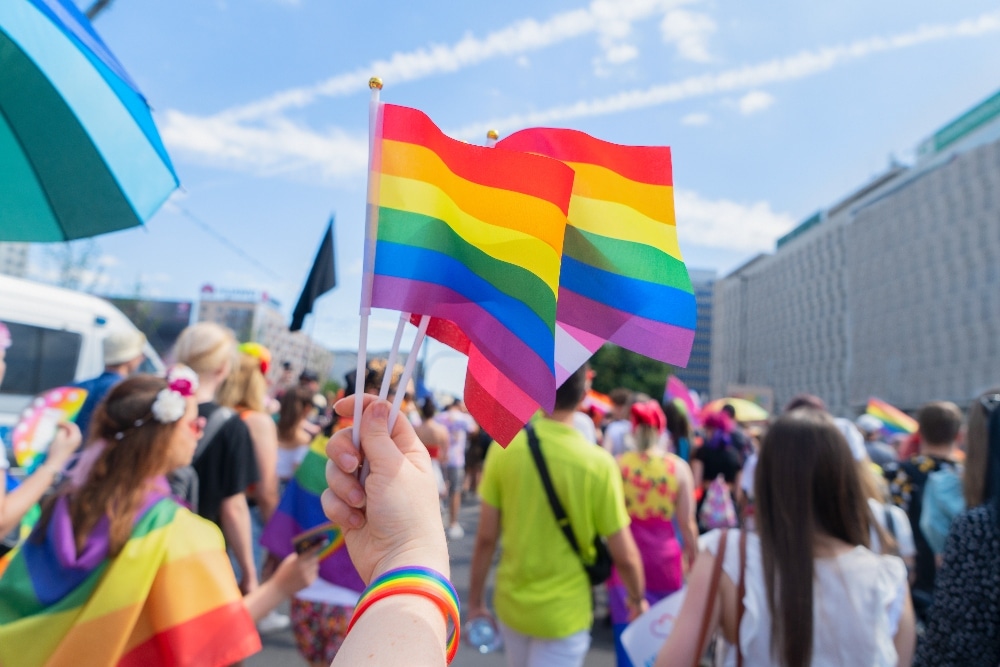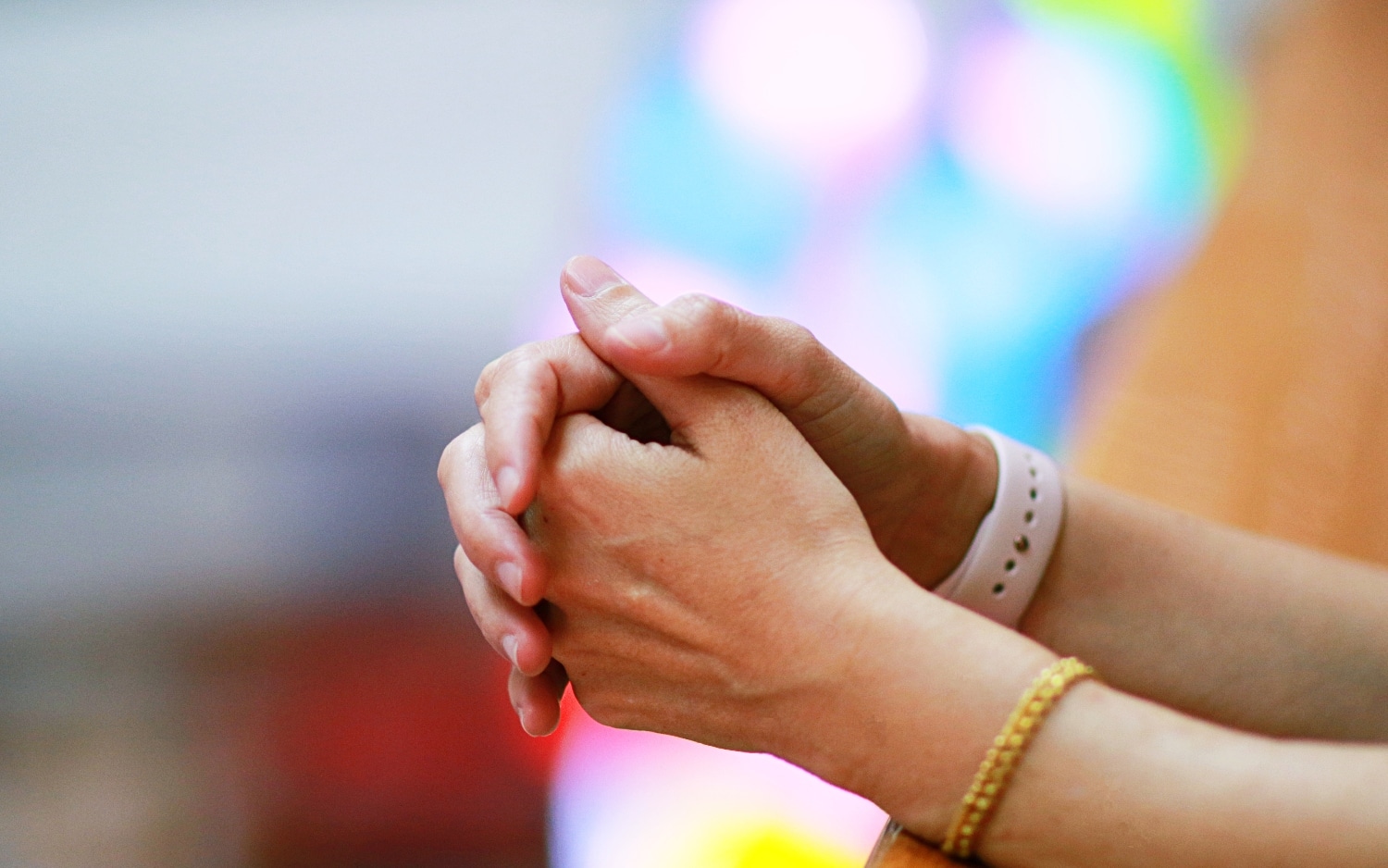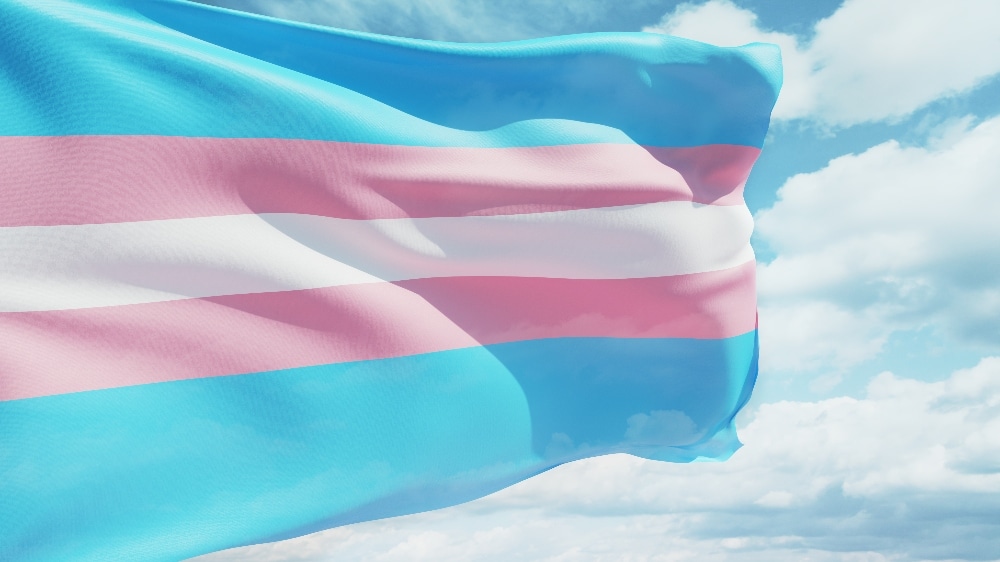The lesbian, gay, bisexual and transgender community has undergone a remarkable transformation over the past century, evolving from a marginalized group forced into secrecy to a visible, proud community with increasing rights and recognition. This evolution has been particularly significant in the realm of substance use recovery and mental health challenges, where understanding minority stress and building resilience has become central to supporting LGBTQ+ individuals in their journey toward healing and sobriety.
What Are the Historical Milestones That Shaped LGBTQ+ Recovery?
The evolution of LGBTQ+ recovery is deeply intertwined with broader civil rights movements and key historical moments. The journey began in earnest in the 1950s with the formation of organizations like the Mattachine Society and the Daughters of Bilitis, which laid the groundwork for public visibility despite facing significant backlash and police harassment.
The Stonewall riots of 1969 marked a pivotal turning point, catalyzing the modern LGBTQ+ rights movement. These riots were particularly significant because they were led by transgender women of color, such as Marsha P. Johnson, demonstrating the intersectional nature of LGBTQ+ activism from its inception.
A crucial milestone for recovery specifically came in 1973 when the American Psychiatric Association removed homosexuality from its list of mental illnesses. This change was fundamental in shifting the narrative from pathology to acceptance, though the impact on treatment approaches took years to fully manifest in mainstream structured healthcare systems.
How Has Minority Stress Theory Shaped Our Understanding of LGBTQ+ Recovery?
Minority stress theory, first articulated by Ilan Meyer in 2003, has become the cornerstone for understanding LGBTQ+ mental health condition patterns and recovery challenges. This framework explains how chronic stress from social stigma, discrimination, and marginalization creates unique health disparities for sexual and gender minorities across all ages.
The theory identifies two types of stressors: distal stressors (external events like discrimination and violence) and proximal stressors (internal processes like internalized homophobia and identity concealment). Research has shown that proximal factors of minority stress—such as self-stigma, concealment, and expectations of rejection—have a particularly negative impact on psychological well-being.
Understanding minority stress has revolutionized LGBTQ+ recovery by helping trained counselors and mental health counselors recognize that substance abuse often serves as a coping mechanism for dealing with societal rejection and internalized shame, rather than being a primary disorder in isolation. This insight has informed the development of specialized addiction treatment programs that address underlying triggers and symptoms through cognitive-behavioral therapy and other evidence-based approaches.
What Statistics Reveal About LGBTQ+ Substance Abuse and Recovery Needs?
The statistics surrounding LGBTQ+ substance abuse paint a concerning picture that underscores the urgent need for specialized recovery approaches and outpatient substance use treatment programs. Current research indicates that between 20% and 30% of gay and transgender people abuse substances, compared to about 9% of the general population.
More specifically, LGBTQ adults are more than twice as likely as their heterosexual counterparts to use illicit drugs and almost twice as likely to suffer from a substance use disorder. Among young people, the disparities are equally stark: over half of LGBTQ youth (56%) used alcohol in the last year, including 47% of LGBTQ youth under the age of 21, with binge drinking being particularly prevalent.
Transgender individuals face particularly high risks, with studies finding that transgender students are 2.5 times more likely to use cocaine or meth and twice as likely to abuse prescription drugs like opioids and benzodiazepines. The rise of substances like crystal meth, fentanyl, and prescription drugs like Percocet in LGBTQ+ communities has created additional challenges for service providers.
The phenomenon of chemsex and party and play culture within certain segments of the LGBTQ+ community has also created unique recovery challenges, often intertwining substance use with sexual experiences and requiring specialized approaches to treatment that address both addiction and sexual health concerns.
How Do Community and Individual Resilience Factors Support LGBTQ+ Recovery?
Resilience has emerged as a crucial protective factor in LGBTQ+ recovery, operating at both individual and community levels through various support systems. Individual resilience processes such as motivation, personality traits and worldview are known to help LGBTQ+ individuals cope with minority stress. Young people in recovery can effectively manage minority stress by developing healthy coping skills, exhibiting humor and confidence, recognizing cultural and generational differences, being self-aware of their abilities, and assertively defending their rights.
Community resilience refers to a community’s capacity to empower marginalized members through the provision of both tangible and intangible resources that facilitate successful coping with stress. For LGBT communities, intangible resources may include LGBT-affirming social norms and values, while tangible resources may include LGBT-affirming laws and policies, physical spaces such as LGBT community centers, and access to LGBT-affirming health services.
Support groups and peer support have proven particularly valuable, with many rehab centers now incorporating group therapy sessions specifically designed for LGBTQ+ individuals. These groups provide a confidential setting where participants can share experiences without fear of judgment, often supplemented by mutual aid programs that extend beyond formal treatment sessions.
Research has shown that connection to the LGBT community plays a central role in mediating the relationship between stigma and stress, though this relationship varies among different racial and ethnic groups within the LGBTQ+ community.
What Role Has Specialized Treatment Played in LGBTQ+ Recovery Evolution?
The evolution of specialized LGBTQ+ treatment has been transformative for recovery outcomes, with various levels of care now available from inpatient addiction treatment to virtual IOP options. Several studies now show promising results for LGBT-specific treatment modalities. Research has found that both heterosexual and gay/bisexual men had better treatment outcomes in LGBT-specific substance abuse programs than gay/bisexual men in traditional programs.
Additionally, LGB people who had recently participated in traditional substance abuse programs reported lower levels of satisfaction with treatment than their heterosexual counterparts, with the majority perceiving their sexual orientation as having a negative effect on their time in treatment.
According to the National Institute on Drug Abuse (NIDA), addiction treatment programs that offer specialized groups for the LGBTQ+ community show better outcomes compared to non-specialized programs. Current research suggests that treatment should address unique factors in these patients’ lives, such as homophobia/transphobia, family problems, violence, and social isolation through individualized treatment plans.
Modern treatment approaches include:
- Intensive Outpatient Programs (IOP): These programs allow individuals to maintain their daily responsibilities while receiving comprehensive care, including individual therapy, group therapy, and education about substance use patterns and relapse prevention strategies.
- Residential Treatment: For those requiring more intensive support, residential programs provide 24-hour medical support and structured therapeutic environments where individuals can focus entirely on recovery while developing healthy boundaries and coping skills.
- Medication-Assisted Treatment (MAT): This evidence-based approach combines FDA-approved medications with counseling and behavioral therapies, particularly effective for opioid addiction treatment and helping manage withdrawal symptoms.
- Virtual Options: The expansion of telehealth has made treatment more accessible, with virtual IOP programs allowing individuals in remote areas or those facing transportation barriers to access specialized care.
How Are Current Treatment Approaches Addressing LGBTQ+ Recovery Needs?
Modern LGBTQ+ recovery approaches have evolved to embrace affirmative, culturally competent care that addresses the whole person within their social context. Treatment providers now recognize that many LGBTQ+ individuals have a co-occurring mental health condition that either led to a substance abuse problem or is perpetuating this abuse.
Contemporary drug addiction treatment focuses on addressing multiple levels of care, from intensive residential programs to outpatient addiction treatment services that allow individuals to maintain their support systems and employment. Recovery housing specifically designed for LGBTQ+ individuals has emerged as a promising way to augment the substance use continuum of care, particularly for gay and bisexual men who often experience co-occurring syndemic conditions such as trauma, depression, and HIV.
Sober living homes specifically designed for LGBTQ+ individuals provide a supportive environment where residents can practice recovery skills while building healthy relationships with peers who understand their unique challenges. These facilities often incorporate supportive counseling and connect residents with community outreach and education programs.
The integration of trauma-informed care has become essential, as research shows that participants appreciated when providers understood that elements of SOGI-related minority stress as well as general stressors, contributed to addiction as self-medication.
- Harm Reduction Approaches: Many programs now incorporate harm reduction strategies, providing education about safer substance use practices, distributing Narcan for opioid overdose reversal, and offering testing for hepatitis C and other health concerns without requiring immediate abstinence.
- Comprehensive Care: Treatment now often includes addressing co-occurring mental health challenges through integrated care models that combine addiction treatment with mental health services, recognizing that substances like marijuana, methamphetamine, and newer drugs like Kratom may be used to self-medicate underlying psychological distress.
- Support for Significant Others: Many programs now extend services to include support for significant others, partners, and chosen family members, recognizing that recovery often involves healing relationships and building healthy support networks.
What Does the Future Hold for LGBTQ+ Recovery?
The future of LGBTQ+ recovery looks increasingly promising, with growing recognition of the need for specialized, affirming care that addresses the full spectrum of needs. Over 80% of healthcare providers now exhibit confidence in using culturally appropriate terminology when communicating with LGBTQ patients, though significant gaps in knowledge and training remain.
The evolution continues with increased focus on addressing intersectionality within the LGBTQ+ community, recognizing that individuals may face multiple forms of discrimination based on race, gender identity, socioeconomic status, and other factors. Research is expanding to better understand how multiple minority stress impacts multiply marginalized groups, leading to more nuanced and effective treatment approaches.
- Emerging Treatment Modalities: New therapeutic approaches are being developed specifically for LGBTQ+ populations, including specialized cognitive-behavioral therapy protocols that address minority stress and internalized stigma.
- Expanded Virtual Options: The success of virtual IOP and telehealth services during the pandemic has demonstrated the value of remote treatment options, with programs continuing to expand virtual offerings to reach underserved populations.
- Specialized Programs: More rehab centers are developing open roles for LGBTQ+-specialized counselors and creating dedicated treatment tracks for specific needs, such as chemsex recovery or trans-specific substance abuse treatment.
- Research and Innovation: Continued research into the effectiveness of different treatment modalities for LGBTQ+ populations is driving innovation in therapeutic approaches and program design.
How Can Society Continue Supporting LGBTQ+ Recovery Evolution?
The continued evolution of LGBTQ+ recovery depends on sustained societal support and systemic change at multiple levels. Key areas for continued support include:
- Training and Education: Ensuring that all healthcare providers, from medical support staff to specialized therapists, receive comprehensive training in LGBTQ+-affirming care and understand the unique challenges faced by this community.
- Policy and Legal Protections: Continued advocacy for comprehensive anti-discrimination laws and policies that protect LGBTQ+ individuals in healthcare, employment, and housing settings, creating safer environments that reduce minority stress.
- Community-Based Programs: Strengthening community-based resilience programs and ensuring that LGBTQ+-affirming substance use treatment and related services are widely available and accessible in both urban and rural areas.
- Peer Support Networks: Expanding peer support programs and mutual aid networks that connect LGBTQ+ individuals in recovery with others who share similar experiences and challenges.
- Research and Data Collection: Continued research is essential to better understand the complex intersection of minority stress, resilience, and recovery, particularly for understudied populations within the LGBTQ+ community.
- Empathy and Understanding: Fostering greater empathy and understanding in society at large, recognizing that acceptance and support from families, friends, and communities play a crucial role in recovery success.
The evolution of the lesbian, gay, bisexual and transgender community’s approach to recovery represents a profound shift from pathologizing sexual and gender minorities to celebrating their resilience and providing affirming, evidence-based care. This transformation continues to unfold, driven by community advocacy, scientific research, and a growing understanding that recovery is not just about abstaining from substances—it’s about living authentically, developing healthy coping skills, managing triggers, and finding connection, purpose, and joy in life.
As we look toward the future, the lessons learned from decades of struggle and progress remind us that resilience is not just an individual trait, but a community resource that can be cultivated, shared, and strengthened through collective action, peer support, and comprehensive treatment approaches that honor the full humanity and diverse needs of LGBTQ+ individuals in recovery.
Take the Next Step in Your Recovery Journey with No Matter What Recovery
If you or someone you love is part of the LGBTQ+ community and struggling with substance use, know that you don’t have to face this challenge alone. At No Matter What Recovery, we understand the unique experiences, challenges, and strengths that LGBTQ+ individuals bring to their recovery journey. Our specialized programs are designed with deep empathy and cultural competence to address not just substance use, but the underlying factors that may have contributed to it. Contact us today to start your journey to recovery.

Mell McCracken, CADC-II, ASAT, RAE
Mell McCracken is the Executive Director of No Matter What Recovery, serving as the leader of the clinical treatment program and overseeing our sexualized drug use curriculum.
Mell is nationally and internationally recognized as an LGBT+ educator, co-author, and treatment provider. They also serve as faculty member at the International Institute of Trauma and Addiction Specialists. They are committed to uplifting voices and breaking stigmas, one conversation at a time, and have spent their career fighting for inclusivity and empowerment through chemsex education and LGBT+ activism.







